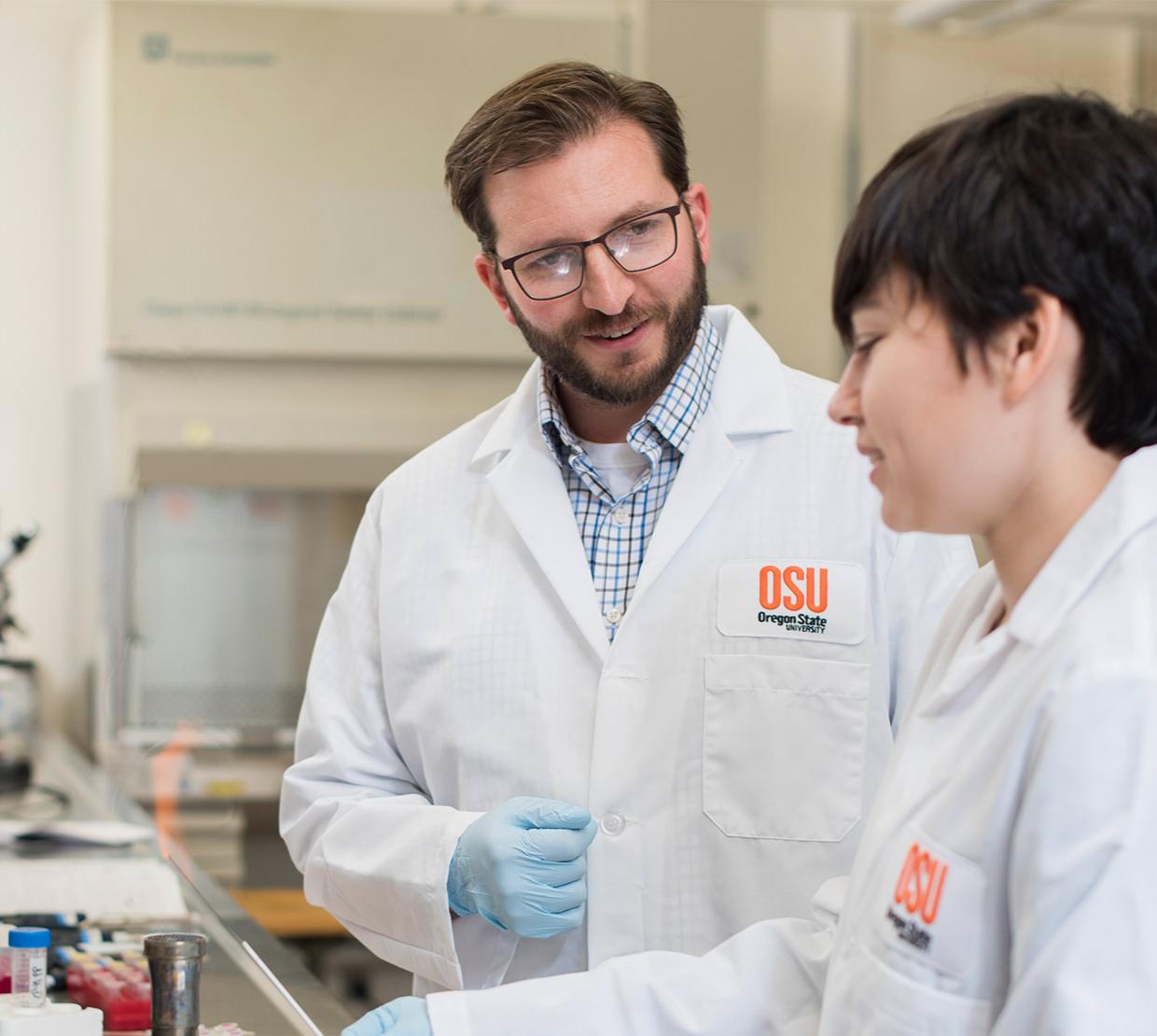A study of early school-aged children shows a connection between the bacteria in their gut and their behavior, and that parents play a key role in their kids’ microbiome beyond the food they provide.
The research led by Oregon State University scientists Thomas Sharpton, associate professor of microbiology and statistics, and Keaton Stagaman, postdoctoral scientist in the Department of Microbiology, and Jessica Flannery and Philip Fisher of the University of Oregon is believed to be the first to look at how the microbial communities of 5- to 7-year-old children are associated with how they behave.
The analysis showed that children with behavioral problems and higher socioeconomic stress had different microbiome profiles than those who didn’t, and also that the quality of the parent-child relationship, as well as parental stress, played a role in how pronounced those differences were.
“Childhood is a formative period of behavioral and biological development that can be modified, for better or worse, by caregivers and the environments they help determine,” said Sharpton. “Kids’ development trajectories are affected by their own genes and environmental factors, and also by the community of microbes living in, on and around their bodies.”
The findings, published today in mBio, are important because they suggest the microbiome can shed light on which children are heading toward mental health challenges – meaning kids could receive help as problems emerge during childhood development, rather than after they advance to the point of clinical diagnosis.
The scientists caution that they have not found a cause-and-effect relationship between gut bacteria and mental health, just an association between the microbiome and behavior. But when more is known about the mechanisms behind gut bacteria’s connection to mental health, the microbiome could be a tool for both diagnosis and therapy, the researchers say.
“Most studies to date have linked microbiome composition to infant and toddler behaviors, such as extroversion, fear and cognitive development,” said Sharpton, the study’s corresponding author. “It hasn’t been clear, though, that the microbiome associates with other forms of behavioral dysregulation or if it links to the onset of psychiatric disorders and problem behaviors.”
The gut microbiota features more than 10 trillion microbial cells from about 1,000 different bacterial species. The microbial ecosystem stays in balance via cell-to-cell signaling and the release of antimicrobial peptides that keep in check certain bacterial clades.
Gut microbes interact with their human host as well, sometimes in ways that promote health, other times in ways that contribute to disease. Dysbiosis, or imbalance, in the microbiome is commonly associated with detrimental effects to the host’s health.
The research collaboration, which included scientists at Stanford and the University of Manitoba, surveyed the gut microbiomes of 40 school-aged children from a range of psychosocial environments and with a variety of subclinical mental health symptoms.




